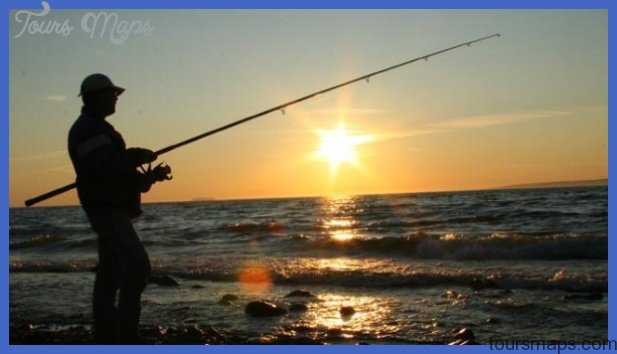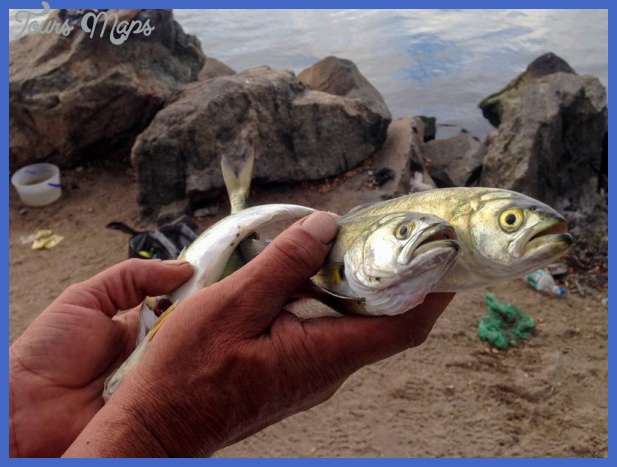Small amounts of dioxin have been found in fish tissue from the Androscoggin River, the Kennebec River below Skowhegan, and the Penobscot River below Lincoln. Dioxin is a byproduct of the papermaking process and is discharged into these rivers in minute quantities. The Maine Department of Inland Fisheries & Wildlife has posted health advisories for these rivers. These advisories do not necessarily preclude eating fish; they simply give recommendations as to how many meals per month different individuals might safely consume.
Mercury contamination has been found in some Maine lakes and ponds. The Maine Department of Inland Fisheries & Wildlife has issued a statewide fish consumption advisory. Note that Maine’s mercury guideline for human consumption is well above the U.S. Food and Drug Administration’s guideline of one part mercury per million parts fish, by weight. Additionally, not all fish species contain similar mercury levels. Generally, trout and salmon have the lowest mercury content, and warmwater fish such as pickerel, bass, and perch have a higher content.
One private study found that ponds and lakes situated in lowlands, especially those surrounded by bogs and swamps, were more likely to contain fish with high mercury counts. Conversely, high-altitude lakes and ponds showed little mercury contamination. Interestingly, larger fish were found to have higher mercury levels than smaller specimens. It is safer, therefore, to release the larger fish and keep the smaller ones for eating, if you wish. For total peace of mind, follow the Maine Department of Inland Fisheries & Wildlife fish consumption advisory for mercury.
Fish Consumption Advisories Photo Gallery
Maybe You Like Them Too
- The Best Cities To Visit in The World
- World’s 10 Best Places To Visit
- Coolest Countries in the World to Visit
- Travel to Santorini, Greece
- Map of Barbados – Holiday in Barbados




